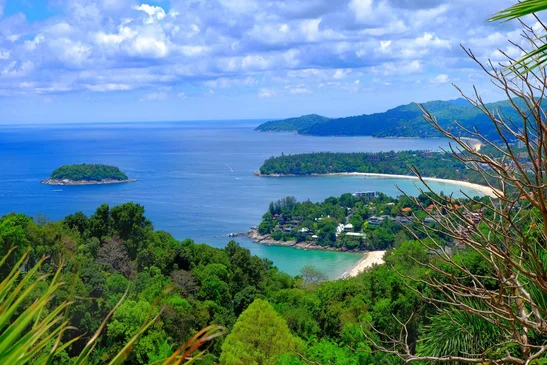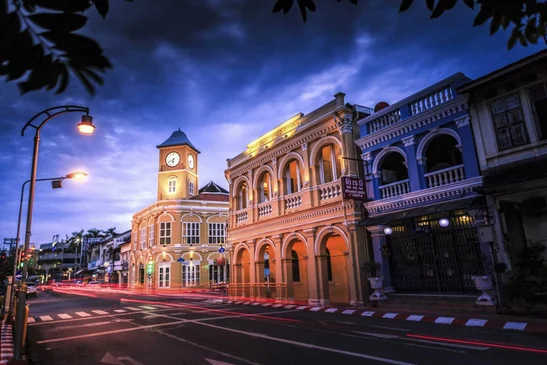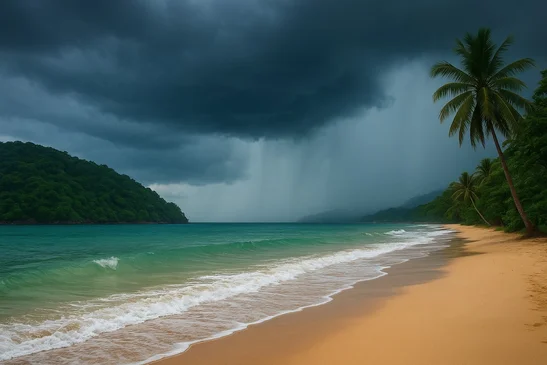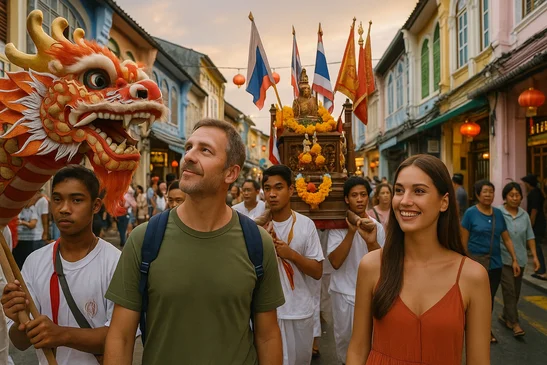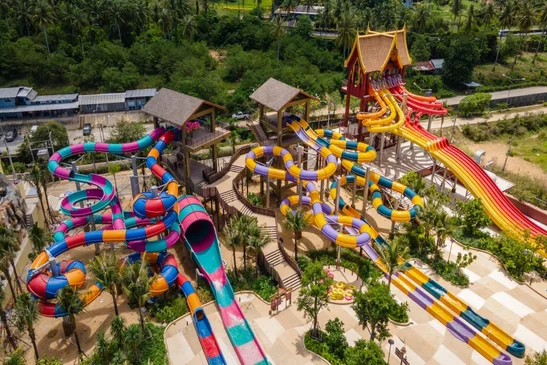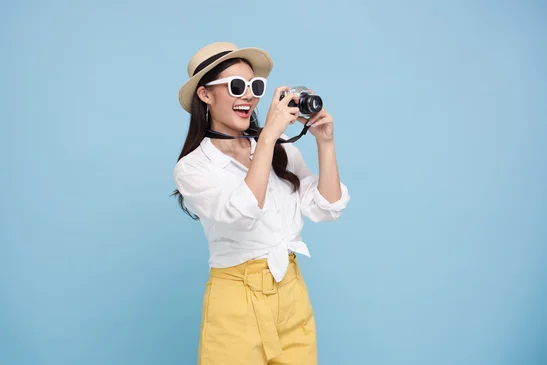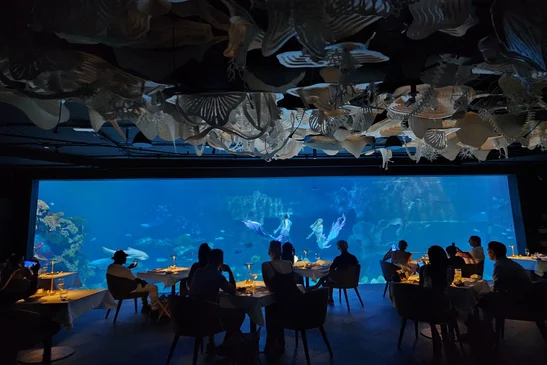When you think of Songkran, you picture a vast and colourful water fight; the history goes much deeper. It's the biggest and most important festival in Thailand's culture. In 2011, The Guinness World Records Authority officially labelled the festival ‘The Largest Water Gun Fight In The World’.
The three days of celebrations embrace the rites of spring, family gatherings honouring elderly family members, acts of purification, Buddhists rituals, and the famous water splashing merriment. It is the time to clean the house, hoping to be rid of all the bad luck of the old year and start anew with a clean slate.
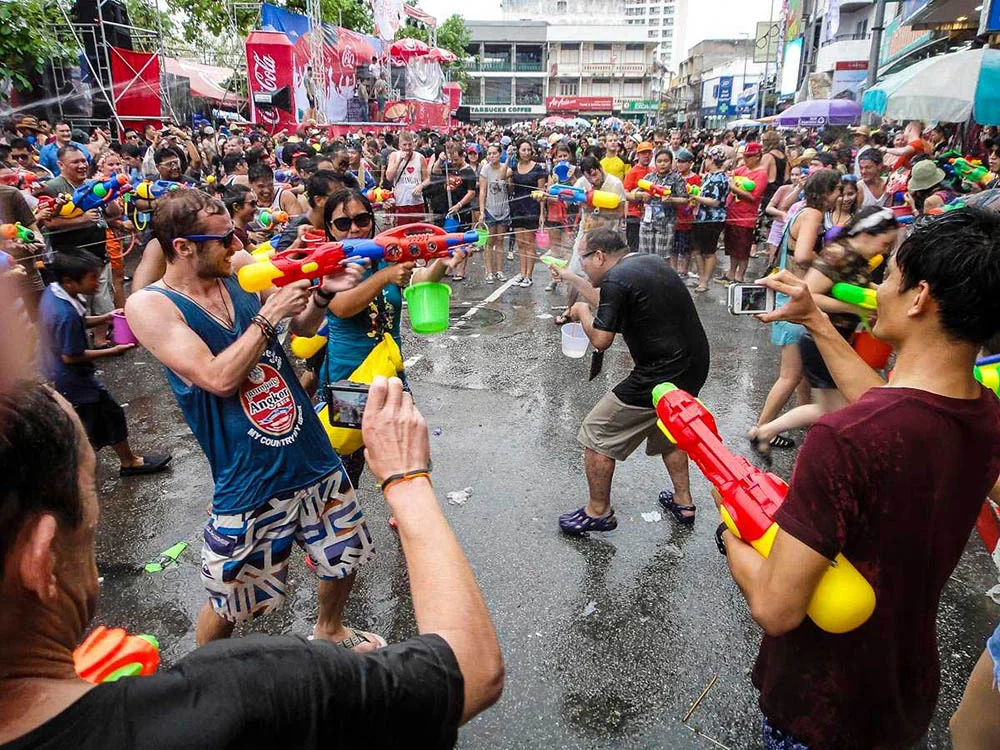
Things to Prepare for Songkran Festival in Thailand | Credit: BestPriceTravel
The word Songkran is derived from ancient Sanskrit, the millennia-old sacred language of Hinduism, the language of classical Hindu philosophy and the historical manuscripts of Buddhism and Jainism.
Songkran means to enter or pass into and relate to the astrological passage when the zodiac moved from one sphere into the next. During the month of April, the sun leaves Aries and enters into Taurus; the period is known as Maha Songkran or Great Songkran, which signifies the start of the Thai New Year. It’s thought that the water festival originates from a Hindu spring festival that marks the arrival of the new harvest in India. The Indian Holi festival is celebrated with the throwing of coloured powder and water.
Songkran is officially celebrated on 13 April, and the celebrations can last for up to a week. The first day of Songkran will see people cleaning their homes, public places, schools, and temples to purge any negativity from the previous year. Another tradition is to set off firecrackers to frighten away mischievous or evil spirits that may be lurking from the old year.
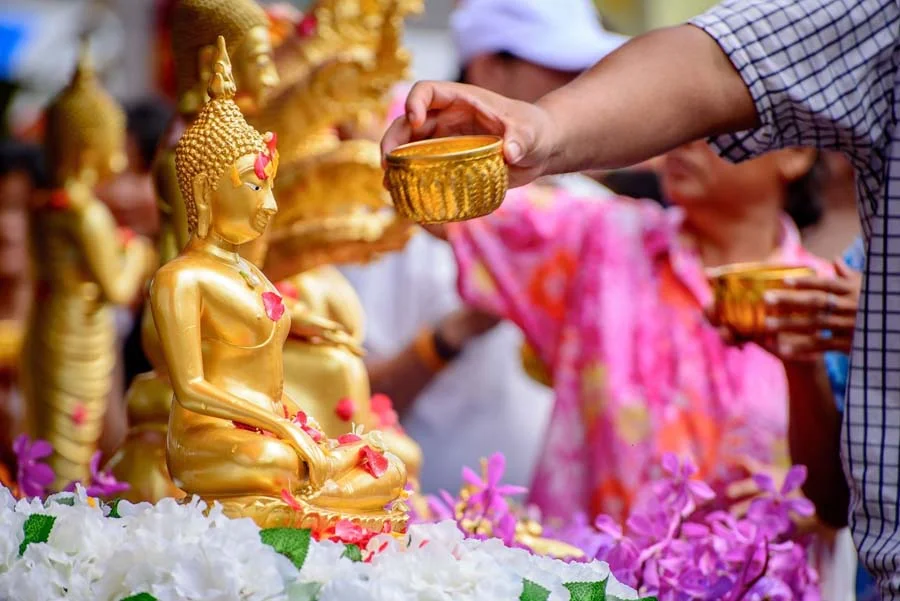
Song Nam Phra | Credit: tamaraburkett.com
Song Nam Phra is an important ritual where Nam Ob lightly scented water is poured on the torso and body of Buddha statues and images or monks in each temple. Nam Ob is a liquid fragrance made from freshly scented flowers such as jasmine, orange, and bread. The poured water is collected and brought home to loved ones and poured over them as the locals believe that the water is blessed.
This pouring of water that typically took place within families has escalated into a public event that involves plenty of hoses, pump-action water guns, and buckets filled with ice-cold water. It’s a fun event, and no one is spared. April tends to be the hottest month of the year, so a quick cooling down could provide momentary respite.
You’ll notice people with white powder on their faces; this is one of the oldest Songkran traditions believed to protect the recipient by warding off evil. This practice has grown from the tradition of monks using chalky white powder, or paste, to bless people, items and places.
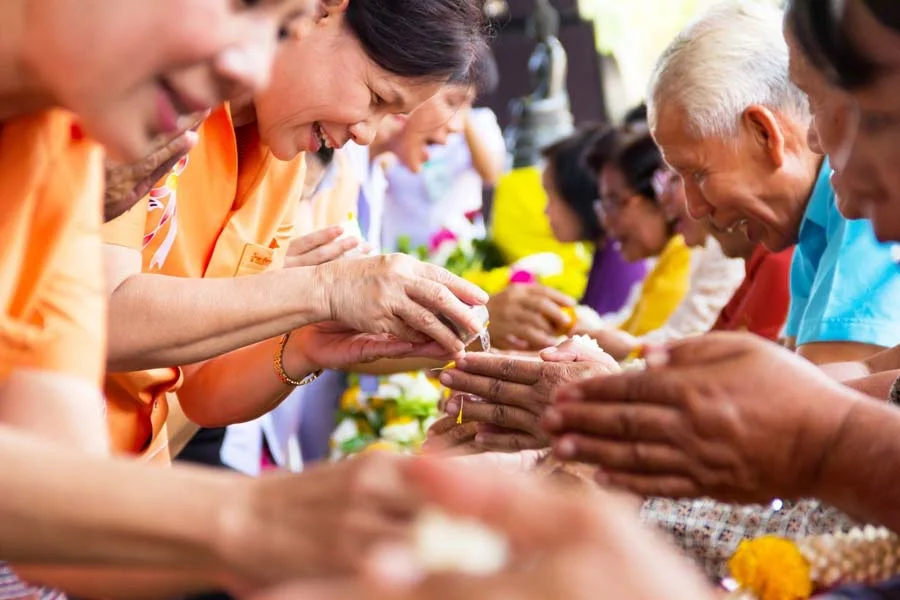
Paying respect to elders | Credit: tamaraburkett.com
On the second day, known as Wan Nao, people prepare food and offerings, or alms, to be given to the monks. It's also when families come together, and young people pay respects to their elders by bathing their parent's feet in Nam Op in a ceremony called Rot Nam Dam Hua; in return, the parents and elders bless children with a jasmine flower garland.
You’ll see sand stupas, or Chedi Sai, in the grounds of temples across Thailand; they are deemed a personal pagoda where families can make their spiritual offerings. Small items such as coins, bodhi leaves and Buddha images are placed in the core of the sand stupas. These tiny structures are decorated with colourful flags and flowers, candles and incense sticks. The completed sand stupa is sprinkled with Nam Op, and some temples even award prizes for the most creative one.
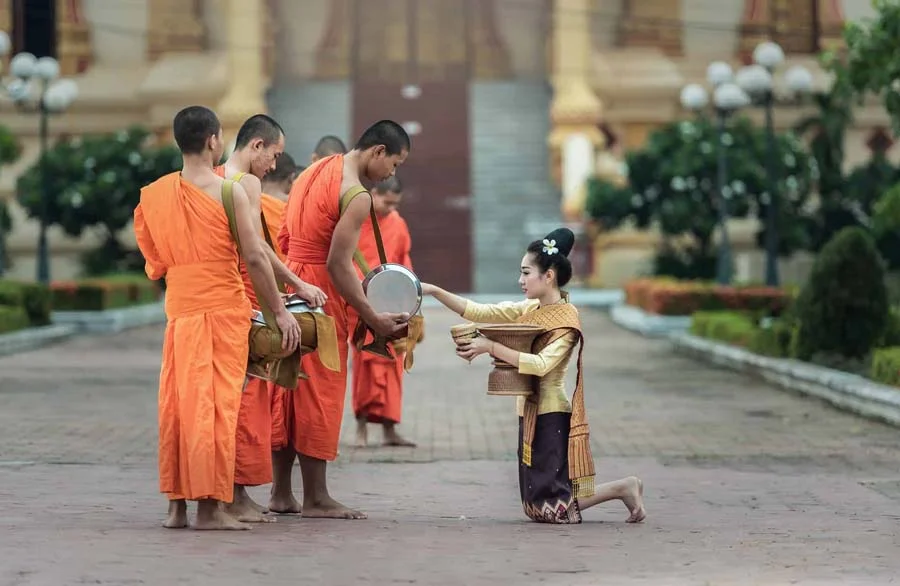
Wan Payawan | Credit: tamaraburkett.com
On the third day of Songkran, Wan Payawan, people begin their day early and take the gifts that they prepared to the monks who, in turn, will pray for them.
Another ritual believed to bring good luck for the new year is presenting a floral garland, 'Phuang Malai’, to an elderly relative to express love and respect. The heady-scented garlands are made from dok mali (jasmine), dok champhi (white champaca) and roses.
